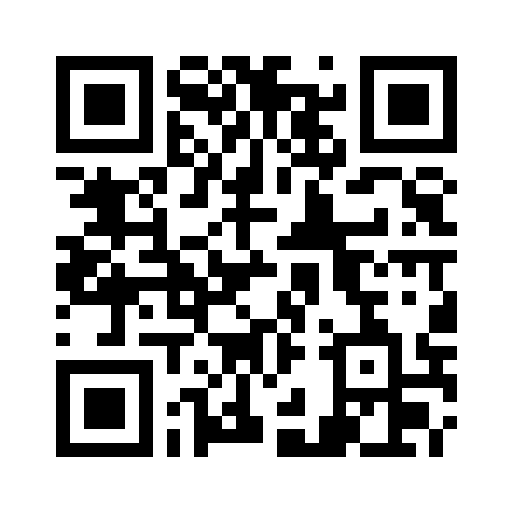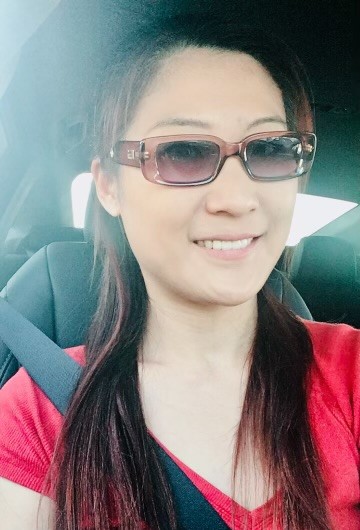A Car Analogy for Conversion Claims

Decoding Legal Speak: A Car Analogy for Conversion Claims
Hey there! Ever get bogged down by legalese? It happens to the best of us. Legal documents and courtroom proceedings can be filled with terms that sound like they belong in another language. But fear not! Even complex legal concepts can be broken down into understandable pieces. Today, let’s take a look at something called a “conversion claim” using a relatable scenario – a disagreement over a car!
Imagine Alex and Bailey have a bit of a spat over a car. Alex claims Bailey took the car without permission and either kept it or used it in a way that prevented Alex from using it themselves. Now, to win this case, Alex needs to prove a few things according to the court’s instructions (jury instructions). These instructions can be dense with legal jargon, but with a little help, we can decipher them using some basic logic tools called “Boolean operators.” These operators are essentially ways to figure out whether something is true or false.
The Claims: Breaking Down the Hurdles
There are three main hurdles Alex needs to overcome in their conversion claim, and each hurdle uses a different Boolean operator. Let’s break them down one by one:
- Ownership OR Right to Possess: This first hurdle seems straightforward. Alex needs to show they either own the car outright or have the legal right to use it. Think of it like this: If Alex has the title to the car, that’s a clear win. But even if they don’t own it, if they had permission to use it (right to possess), that’s also a win. Here, the keyword is “OR.” This means that only one of these conditions needs to be met for Alex to pass this hurdle.
- Interference AND Intention: Here’s where things get a bit trickier. Alex must prove that Bailey’s actions stopped them from using the car AND that Bailey did this intentionally. Both conditions need to be true for Alex to win. Imagine Bailey borrowed the car but left it conveniently parked for Alex to use whenever they wanted. That wouldn’t be considered interference. Or, if Bailey accidentally took the wrong car, there wouldn’t be intention. In this hurdle, “AND” is the key operator. Both interference and intention are crucial for Alex to succeed.
- Negating the Defense (NOT): This hurdle is a bit different. Bailey might argue that they didn’t interfere with Alex’s use of the car or that they didn’t act intentionally. If Alex can show that Bailey’s claims are NOT true, it strengthens Alex’s case. Think of it like this: If Bailey admits they took the car without permission and never intended to return it, that’s a big point in Alex’s favor. Here, “NOT” comes into play. Disproving Bailey’s arguments can help Alex win.
**Claims in the CACI Jury Instruction:**
1) Alex must show that they own or have a right to possess the car.
2) Alex must show that Bailey intentionally did something that interfered with Alex’s right to use the car.
3) Alex must prove they suffered harm or damage as a result.
**Applying Boolean Operators (AND, OR, NOT):**
1) Ownership OR Right to Possess: Alex must prove they either own OR have the right to possess the car. If Alex owns the car, it’s true, and if Alex has the right to possess the car, it’s also true. In this case, either one will support Alex’s claim. (This is an OR operator.)
2) Interference AND Intention: Alex must prove that Bailey’s action both interfered with Alex’s rights AND that Bailey acted intentionally. For this part of the claim, both conditions must be true to support Alex’s case. (This is an AND operator.)
3) Negating the Defendant’s Claims (NOT): Bailey might argue they didn’t interfere with Alex’s rights or didn’t act intentionally. If Alex can prove that Bailey’s claims are NOT true, it would strengthen Alex’s case. (This is a NOT operator.)
So, in the context of a CACI jury instruction for a conversion claim, Boolean operators can be used to evaluate the different elements of the claim and determine whether the conditions are met.
Boolean Operators: Putting it All Together
So, how do these Boolean operators help us understand a conversion claim? By using these tools, we can see how the different parts of the claim work together. Each hurdle Alex needs to overcome acts like a filter. If Alex can meet the requirements of all three hurdles – ownership or right to possess, interference and intention, and disproving the defense’s arguments – then they have a strong case for conversion.
Remember: Legal matters can be complex, and this blog is not a substitute for professional legal advice. But hopefully, this breakdown with our car analogy has shed some light on the concept of conversion claims and how Boolean operators can be used to understand them. So next time you encounter legalese, don’t be discouraged! With a little effort, you can break it down and gain a clearer understanding.
5 Mins to Read: A Car Analogy for Conversion Claims
5 Mins to Read: Bringing Law into Code: Representing Causes of Action with JavaScript Objects
8 Mins to Read: Unveiling the Hidden Math Behind Tort Law
10 Mins to Read: Building an AI Judge for Tort Law over Lunch
Contact: Troy@southpointeagency.com
Troy Trang
AI Prompt Engineer, Web developer
Staff & Writers
Our staff writers are highly experienced and well-versed in a variety of areas. Trust in our expertise to achieve the best outcome for your business.



















